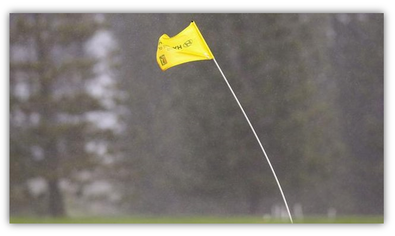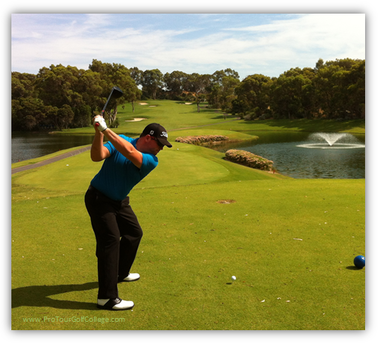 Jack Nicklaus was the first professional to chart and document yardages of golf courses before he played golf tournaments. He had many outstanding skills like hitting his drives long and straight; towering irons that landed softly on the firmest of greens, and making the crucial putts under the most intense pressure. But he was known best for his golf course management skills especially by his peers. Gary Player who played in the same era as Jack Nicklaus and referred to him as "The greatest mind the game has ever known." Nicklaus when asked the reason why he won more Majors (18) then any body else he answered "I failed less than most of my competitors." This was mainly due to his pre-tournament preparation which allowed him to forecast the winning score within one shot most times. This allowed him to plan how he would play each shot and hole under all sorts of different conditions. Every modern player amateur or professional are all now armed with their course guides filled with every bit of information required to negotiate around the golf course. Now a days with the help of Aimpoint putting system and its trained instructors players are learning how to chart the greens accurately and taking green-reading to another level. This is all well and good having all this information, but using it is another skill most elite golfers don't do well. So how can you become better and take your scoring game up a notch?  The first thing to be aware of is that the course conditions change each day. The course on Monday and Tuesday in the practice rounds are quite different to what you will experience on Saturday and Sunday. In my estimation adapting quicker to the conditions during a round is the number one skill that if you master it will save strokes. This means that when you get a yardage/meterage for an approach shot you have to factor what the ball will do when it lands on the green whether it's going to spin or release. I know you are saying "well that's common sense" but it's been my observation at tournaments most golfers don't adjust to the first bounce of even a chip shot until it's too late and the round is almost over. Especially when the greens start to firm up like they do later in the day and week.  Having an alternative strategy for a tee shot (when the prevailing wind changes) is critical as a hole that requires respect into the wind can quickly change when the wind is in your favor - especially par five holes that can give up birdies and the occasional eagle. Being able to adapt quickly to execute a good course management plan is a skill that you must have to do this successfully. Knowing and controlling the distance and trajectory of your golf ball is essential especially in windy conditions. Good shot shaping allows you to attack pin positions that are tucked behind bunkers and other hazards. Combine all these skills with the ability to stick to the game plan you have in place no matter what is, is a skill all by itself! Next week I will show you how to put a course management plan together that will shave strokes off your scores. David Milne and Lawrie Montague - Pro Tour Golf College Your Success on Tour is Our Business Comments are closed.
|
Archives
June 2019
|
Proudly Supported By
Copyright © 2011 - 2018 Pro Tour Golf College
Website Managed By Golf Performance Media
All Rights Reserved
Website Managed By Golf Performance Media
All Rights Reserved


 RSS Feed
RSS Feed



